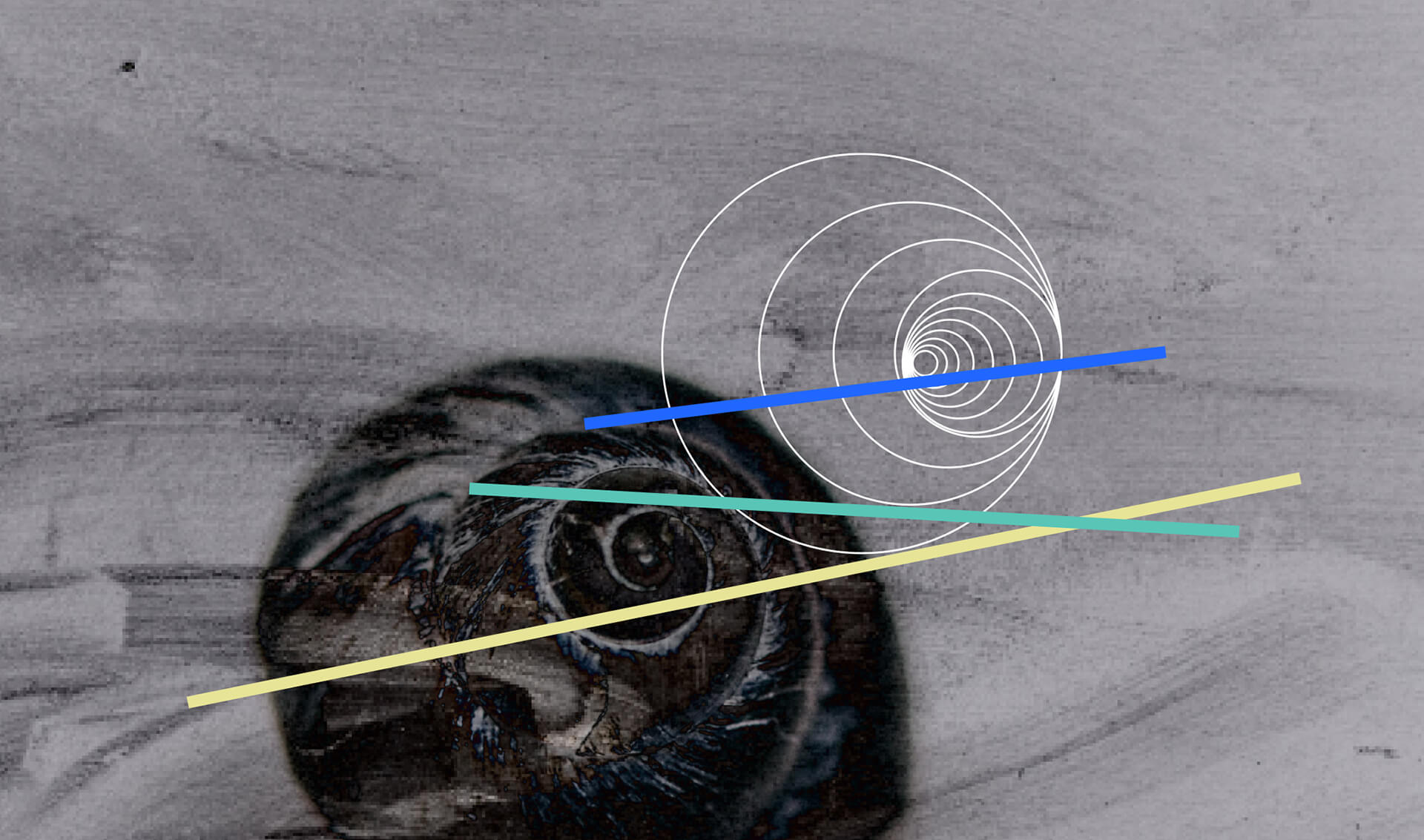

Python
Written by
Leaf
Written by
Leaf
Python
As Artificial Intelligence mimics the way humans think and business decisions become more and more data-driven, the one skill that clearly seems to rule across industries and job functions is data science.
The good news is that gaining this super skill isn’t as challenging as rocket science anymore. Thanks to Python, the easy and intuitive programming language that’s widely gaining popularity amongst developers and designers alike.
It is said that Python was originally conceived to help kids learn before it evolved into the powerful language used by everyone today; from Arts, Education, and Business to Science, Engineering and Governments, including NASA.
Python is fairly simple and straightforward to code. Guido Van Rossum, a Dutch programmer literally called it, “Computer Programming for Everybody” in the funding proposal he submitted to DARPA in 1999. It has been designed with readability in mind, based on one simple assumption: code is executed by machines, but it is read by humans.
But in the last 2–3 centuries, we witnessed the dawn of a sort of humanist revolution, coined as Humanism, where we started trusting our collective strength as a race, above everything.
Both Developers and Designers love Python alike due to its clear syntax, well-structured modules, and packages; besides the extensive features and flexibility, it offers. Python could easily be defined as a terminal language on steroids.
It’s obvious that Rossom, Python’s creator values design. His appreciation for minimalism reflects in the way he has designed the software. In fact, Tim Peters authored 19 principles that influenced the software design of Python, called ’Zen of Python’. And, it pretty much mirrors the guidelines for good designs.
Programming is less about syntax and more about deep thinking in order to solve problems. It’s the ditto with designing, isn’t it? In fact, designers are inherently problem solvers, first. Python is the simplest to learn and fastest to implement, allowing you to invest quality time designing with purpose. This means you can focus on deconstructing real problems — one at a time in order to crack the bigger project in a time-effective manner without bothering about layers of codes. That’s the beauty of Python.
You need not be a nerdy programmer from a Hollywood flick who saves the world, in order to work with Python. Not only is it friendly to code but it also empowers you to automate repetitive tasks to speed up production. This means you can spend more time doing what you love — think, sketch, design; you get the drift. Python also offers programming resources specifically conceived for design-ers, such as DrawBot, a graphics module that comes with detailed API documentation.
Star Wars: Episode II
“Python plays a key role in our production pipeline. Without it, a project the size of Star Wars: Episode II would have been very difficult to pull off. From crowd rendering to batch processing to compositing, Python binds all things together.” Tommy Burnette, Technical Director, Industrial Light & Magic.
Python was not designed for a specific application alone; instead, it is a general-purpose language which can give you access to many different functions. It can help you design books, illustrations, data visualisations, maps, animations, prototype desktop or web apps, sort information or crunch numbers, image manipulations and so on. It allows you to be more flexible, enabling you to bend your workflow to reach your goals. How about exchanging data between two different applications? Sure, go for it.
Considering the fact that Python has been around since the ’90s, the amount of support and documentation available online is enormous and well-organized. It also boasts a large, active community of developers willing to support and advise you, at every step of the development process. So you can pretty much learn and experiment on the go.
You’ll be surprised to learn about some of the most loved platforms and products designed in Python. Netflix, Spotify, Instagram, Dropbox, Google, and Youtube are just to name a few. It’s Python that powers the AI on Spotify to recommend artists and songs to users, or Netflix to know what shows you might want to see next. It is also used extensively by companies in customer service to drive self-service, and improve workflows and employee productivity.
Did you know that Python was named after ‘Monty Python’, a British comedy group? Not surprising that the language has a playful approach to many tutorials and other materials. Inspiring, isn’t it?